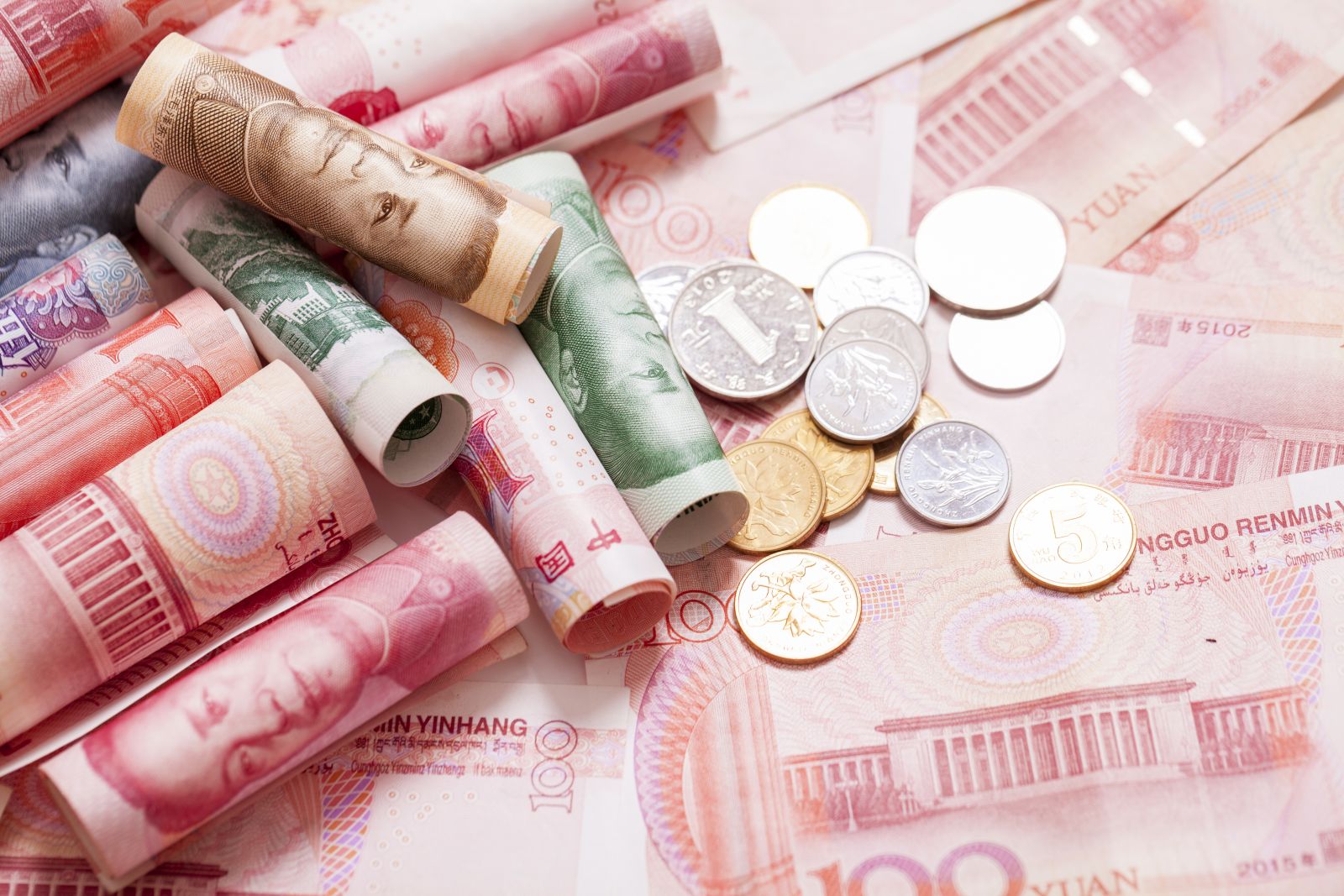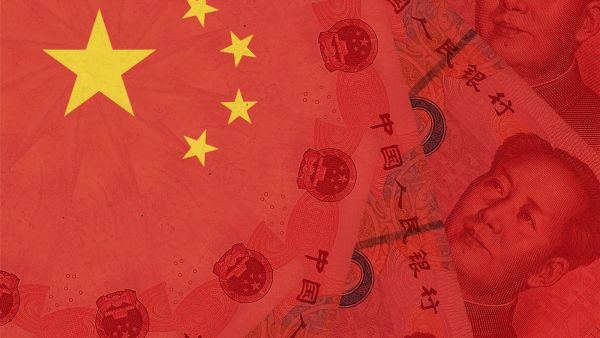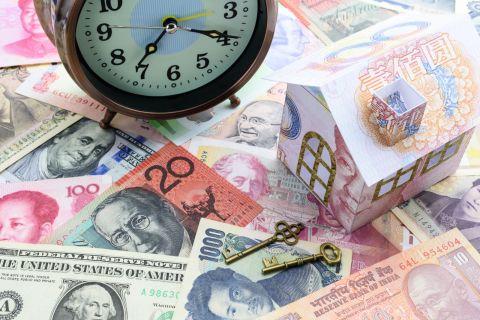Sluggish China recovery sees weaker demand as Yuan falls further on surprise rate cuts
ALBAWABA – China’s July retail sales growth data came in weaker than expected Tuesday as the Yuan falls further on surprise rate cuts by the Chinese central bank, news agencies reported.
Retail sales, a key consumption gauge, grew by 2.5 percent year-on-year in July, the National Bureau of Statistics (NBS) said Tuesday, down from 3.1 percent in June and significantly below analyst forecasts.
Reuters’ analysts expected a 4.5 percent growth rate in retail sales.
Meanwhile, industrial production grew 3.7 percent in July from a year ago, down from 4.4 percent in June, according to the NBS. While a Reuters poll of analysts expected July industrial production growth to maintain June levels, at 4.4 percent.

The Chinese government has sought to boost domestic consumption in recent weeks. But to no avail, given the results in July.
Last month, the State Council released a 20-point plan to encourage citizen spending in retail sectors such as vehicles, tourism and home appliances. But the slew of disappointing official data, released Tuesday, indicated shaky consumer confidence in the world’s second-largest economy.
As sluggish China recovery hits new bumps, unemployment rose to 5.3 percent in July compared to 5.2 percent in June, the NBS said.
However, specific figures for youth unemployment were not disclosed, though it hit a record high in June, according to Agence France-Presse (AFP).
Yuan falls further on surprise rate cuts as China tries to fuel consumption
China’s yuan slid to the weakest level since November and China’s sovereign bonds rallied after the central bank unexpectedly cut a key interest rate to boost its ailing economy.
The yuan slipped 0.5 percent, according to Bloomberg, after China announced a surprise interest rate cut on Tuesday.

Chinese officials cut the medium-term lending facility (MLF) rate – the interest for one-year loans to financial institutions – from 2.65 percent to 2.5 percent.
Only one of Bloomberg’s surveyed economists predicted the rate cut.
Likewise, a Reuters poll of 26 market watchers conducted this week saw 20 participants, or 77 percent, predicted that the central bank would leave the MLF rate unchanged. Only six respondents forecast a marginal rate reduction, the Canada-based news agency reported.
Let alone a cut that would bring the MLF rate to the lowest since 2020.
A lower MLF rate reduces commercial banks' borrowing and financing costs, in turn encouraging them to lend more and potentially boosting domestic consumption.
The People's Bank of China (PBOC) said it lowered the rate on $55.25 billion worth of one-year medium-term lending facility loans to some financial institutions, as reported by Reuters.
A council of the country's top leaders, known as the Politburo, has warned that the economy faces "new difficulties and challenges" as well as "hidden dangers in key areas", according to AFP.
The recent data suggests that China may struggle to achieve the five percent growth target set for the year, as announced by the country’s leadership.

The world's second-largest economy only grew 0.8 percent between the first and second quarters of 2023, according to official figures.
Moreover, China’s benchmark share index slipped for a third day in a row, as authorities are considering cutting the stamp duty on stock trades for the first time since 2008, unnamed sources told Bloomberg.
The NBS said domestic demand remains “insufficient” and the “economy’s recovery foundation still needs to be strengthened.” China needs to “step up macroeconomic policy adjustment, and focus on expanding domestic demand, lifting confidence and preventing risks,” as reported by Bloomberg.
On the other hand, the rate cut boosted government bonds and weighed on the exchange rate.
China’s 10-year yield fell seven basis points to 2.56 percent, the lowest since 2020. Whereas the onshore yuan weakened for the fourth session Tuesday, falling 0.23 percent to 7.2744 a dollar as of 11:32 a.m. in Shanghai.









